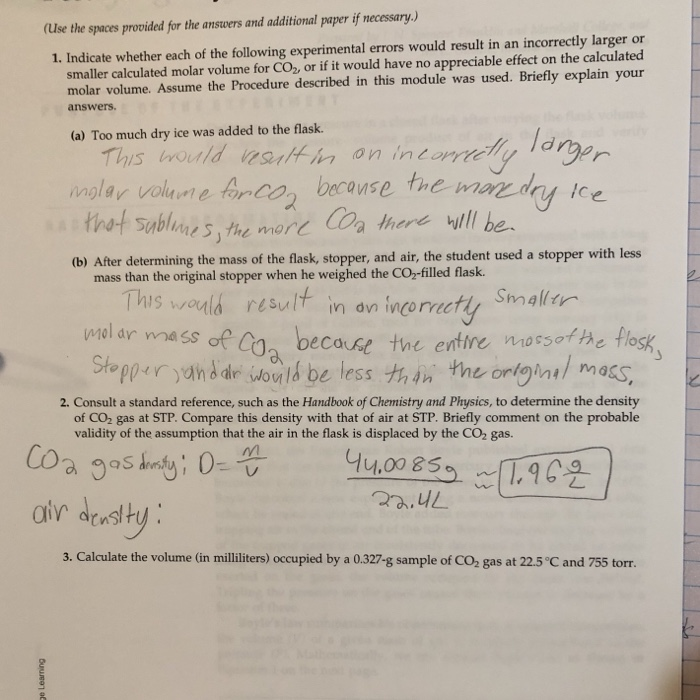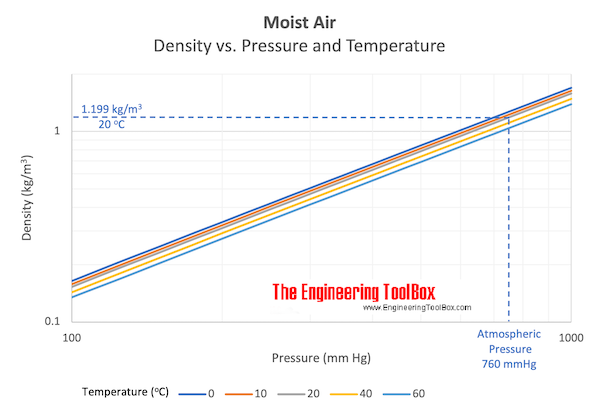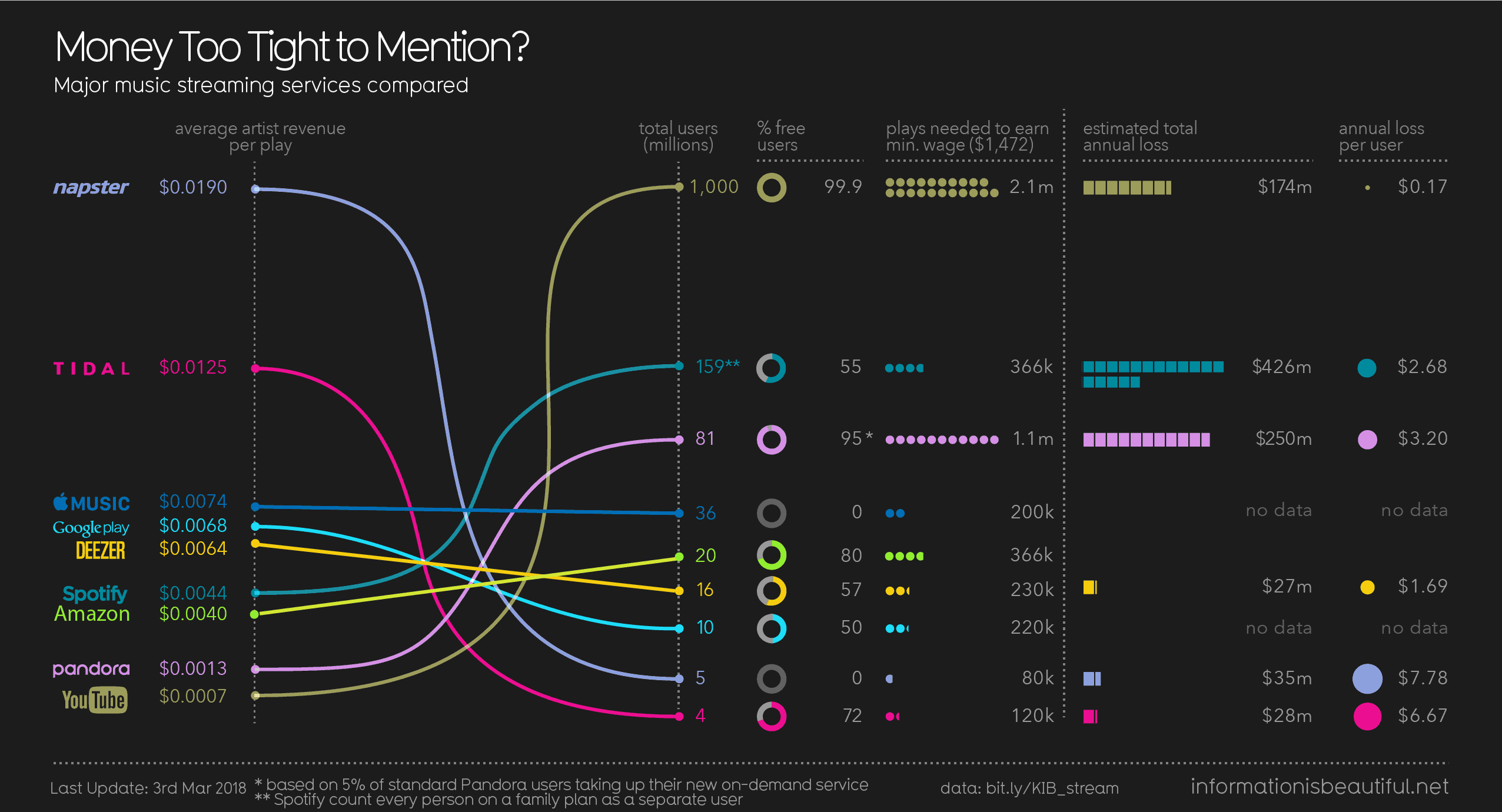The estimated error of this routine when compared to the data of Doherty and Kester is 3 mK at atmospheric pressure. Its high pressure part is derived by thermodynamic rules (Clausius–Clapeyron equation) and deviates by about the same amount from the data of Fujino et al. down to a pressure of 500 dbar. Both FH95 and F03 have fitted these same data at one atmosphere, as well as additional more recently available data and standards of freshwater and ice for higher pressures, in F03's case with an rms error of 1.5 mK. Simplified polynomial expressions for the freezing point based on FH95 were published by Feistel and Hagen . The freezing points given in F03 are computed using a slightly modified version of the former Feistel and Hagen Gibbs potential of ice, which is to be replaced now by the new and more accurate one of FW05.
Here we fit the freezing temperatures of the most recent ice Gibbs function of FW05 to within the same error tolerances as the F03 fit to data, using 11-term rational functions . Three fits are made, one for each of the temperature variables—in situ temperature T, potential temperature θ, and conservative temperature Θ. Algorithms are presented for density, potential temperature, conservative temperature, and the freezing temperature of seawater. The algorithms for potential temperature and density are updates to routines recently published by McDougall et al., while the algorithms involving conservative temperature and the freezing temperatures of seawater are new.
The McDougall et al. algorithms were based on the thermodynamic potential of Feistel and Hagen; the algorithms in this study are all based on the "new extended Gibbs thermodynamic potential of seawater" of Feistel. An inverse function relating potential temperature to conservative temperature is also provided. And this question were asked which of these guys is going to have the greatest density at standard temperature and pressure for the first thing we're gonna do is we're going to start off with the ideal gas law. No, first glance, this looks like it has nothing to do with density.
However, we could substitute en with the mass of the sample over the molar mass of the entire compound. Now watch what happens if we move volume to the right side. We get this M over v constituent, which we know mass over volume simplifies to density. Times are t over em we're trying to solve for what short has the greatest density. So now, because we know where it's standard temperature and pressure, these will not change. So our density is solely dependent on the molar mass of the guests with the highest muller mass having the highest density.
The Density Of Air At Stp Is 1 285 G L So let's go ahead and figure out the molar masses of each of these compounds. Nitrogen has a modernizer, 14 grands from all and oxygen. The molar mass. 16 grams from giving this confident. If we take a look at the periodic table, has a molar mass of 83.7 grams for more, C is going to have a molar mass of 80 grams from home and seal to is going to have a molar mass of 70.9 grams promote. Another uncertainty remaining in the equation of state and in the determination of salinity from oceanic observations is due to spatial variations in the relative concentrations of alkalinity, total carbon dioxide, and silica. One could imagine mounting a concerted campaign to reduce these errors by, for example, obtaining more accurate measurements of the temperature of maximum density so as to improve the accuracy of the thermal expansion coefficient.
However, this activity would only be worthwhile if one could simultaneously address the issues raised by Millero to account for the variation of the composition of seawater. On the basis of this comparison of rms errors one concludes that our 25-term equation of state and F03 yield equally accurate estimates of ρ and α. The maximum absolute error in the haline contraction coefficient β in Fig. 2c is approximately 2 × 10−6 −1, which corresponds to a relative error of 0.25% of the mean value of β and is thus less important than the corresponding errors in α.
The rms errors of the sound speed fit of F03 are at most 3.5 cm s−1 when fitting data that has rms errors of 5 cm s−1. This is to be compared with typical rms errors of 26 cm s−1 in our equation (Fig. 2d) for both the funnel of data in Fig. We chose to accurately represent the thermal expansion coefficient with our choice of penalty function and with our choice of terms, and this has been at the expense of the accuracy of sound speed. 2d are still less than the extreme errors of several meters per second that exist between the different sound speed formulas that appear in F03. The comparison of 73 terms for the F03 equation of state to 25 terms for the rational function equation of state also clearly indicates the improved efficiency in using the latter parameterization for ocean density. Following MJWF03, we have concentrated on the relative errors in the thermal expansion coefficient and in the saline contraction coefficient, as these are the only errors in the equation of state that have dynamical consequences in ocean models.
Coefficients of the new ρ(S, θ, p) equation of state are given in section a of appendix A. To test the accuracy of the new equation, uniformly distributed points were taken from a "funnel" of data, very similar to but slightly larger than the funnel used in the corresponding fit in MJWF03. At the sea surface the minimum in situ temperature is taken to be 2°C below the in situ temperature at which seawater freezes at a pressure of 500 dbar, and the maximum temperature is 40°C, while salinity varies from 0 to 42. The minimum temperature limit and the maximum salinity limit are independent of pressure.
The maximum temperature limit and the lower salinity limit are varied as linear functions of pressure so that the upper temperature bound is 15°C, while the minimum salinity is 30 psu at 5500 dbar. Below this pressure, temperature and salinity extremes are held constant all the way down to 8500 dbar. A three-dimensional view of this latter funnel is shown in Fig. 1a while cross sections of the funnel are plotted as solid lines in Figs.
1b and 1c are the extremes of the Koltermann et al. climatology to indicate how real ocean data fits inside the narrower error funnel. Complete details of the theoretical justification for and the properties of this conservative temperature variable can be found in McDougall . To run ocean models with this temperature variable, an equation of state is needed that is a function of conservative temperature, salinity, and pressure, and we here present such an equation.
Also, an algorithm is presented for the calculation of potential temperature in terms of salinity and conservative temperature so that, for example, sea surface temperature can be calculated from an ocean model's internal conservative temperature. McDougall et al. have recently fitted a 25-term rational function to seawater density, when considered a function of salinity S, potential temperature θ, and pressure p. The 25-term equation was also motivated by publication of the Feistel and Hagen equation of state, which was based on a Gibbs thermodynamic potential. This equation turned out to be more accurate than, and addressed several weaknesses in, the well-established International Equation of State of Seawater . MJWF03 also presented a new algorithm for the computation of potential temperature that was thermodynamically consistent with the FH95 ocean density routine.
The routine for calculating the potential temperature of seawater is identical to the corresponding algorithm in MJWF04, and the updated coefficients can be found in section a of appendix A. We test the accuracy of the new values of θ by examining the root-mean-square and maximum absolute errors when 106 random fluid parcels (S-T-p), drawn from the cube × [−2°C, 40°C] × , are referenced to another 106 random pressures in the range . The potential temperatures against which we compare the estimates of θ are those obtained by iterating the standard Newton–Raphson technique from the in situ temperatures to their fixed points .
The accuracy of the recommended two iterations of the algorithm of the first subsection of appendix A is 2.84 × 10−14 °C and 3.50 × 10−15 °C , respectively, effectively being machine precision. In terms of efficiency, the algorithm presented here for the computation of θ is 3.5 times faster than the computation of θ by iteration from T to the potential temperature fixed point. Liquid ammonia is the best-known and most widely studied nonaqueous ionising solvent. Its most conspicuous property is its ability to dissolve alkali metals to form highly coloured, electrically conductive solutions containing solvated electrons. Apart from these remarkable solutions, much of the chemistry in liquid ammonia can be classified by analogy with related reactions in aqueous solutions.
The ionic self-dissociation constant of liquid NH3 at −50 °C is about 10−33. Earth's atmosphere is not like the air inside a sealed wine bottle. Gas molecules want to move, and they will expand to fill the volume within which they are contained. Confined to a tightly sealed container such as a corked wine bottle at constant temperature of about degrees F, gasses have no room or enough "excitement" to expand and move around. They settle into layers based mostly on their molecular weights.
However, the Earth's atmosphere is much more expansive than a wine bottle. CO2 does not break down until about 80 kilometers from the Earth's surface, giving atmospheric gases a huge expanse to occupy. Excited by the heat radiating from the Sun into the atmosphere, molecules move rapidly. As they bang into each other , the gas molecules intermingle, rather than settling in stratified layers. It is mainly diffusion that allows CO2 to integrate at altitudes higher than what its molecular weight alone would suggest, although other processes, like strong updraft and downdraft air currents, are also involved. And is a proportionality constant that relates the values of pressure, volume, amount, and temperature of a gas sample.
The variables in this equation do not have the subscripts i and f to indicate an initial condition and a final condition. The ideal gas law relates the four independent properties of a gas under any conditions. Where the second-order partial derivatives are evaluated at (S, θ) . Of McDougall , the term proportional to θ′S′ is larger than the other two so that Θ − Θ(S, θ) ≈ ΘSθθ′S′ ≈ − 1.4 × 10−3 θ′S′ with S′ measured on the practical salinity scale.
With perfectly correlated perturbations of magnitude 3°C and 1 psu, the estimated difference Θ − Θ(S, θ) ≈ 4 mK, which is likely small enough to be ignored. These small nonlinear differences in temperature arise because potential temperature is not a conservative variable, so θ should not have been averaged during the process of forming the atlas. The thermodynamic variable that is conserved on mixing at a certain pressure is enthalpy and, when mixing occurs at depth in the ocean, not even Θ is 100% conserved.
Of McDougall shows that when mixing occurs at a pressure of 600 dbar between water masses that differ in temperature by 2°C, the resulting value of Θ is different from Θ by about 10−5 °C. We conclude that the error involved in averaging θ to form a local averaged value is likely to be no more than a few millikelvin, while the error involved with averaging Θ is estimated to be no more than 10−5 °C. The density of a gas increases as temperatures get colder.
So, because temperatures decrease as we reach higher altitudes, gases become denser at higher altitudes. Denser objects tend to sink, pulled down by gravity. (In fact, the force of gravity pulling gas molecules towards the Earth's surface is what maintains our atmosphere.) Different gases also have different molecular weights. CO2 is heavier than oxygen, so we might expect every CO2 molecule to sink below a layer of oxygen molecules. Generalizing this idea to the other gases in the air, we might deduce that this would result in a perfectly stratified atmosphere with separate layers of each type of gas. The rms error in α of 3.5 × 10−7 °C−1, shown in Fig.
5b, is only 48% of the rms error in the α derived from the Gibbs function fit of F03 to the underlying data. We conclude that our 25-term equations of state are as accurate as the data from which F03 was derived and that there is a marginal increase in accuracy with the update from FH95 to F03. Figure 5b shows that the maximum error in the thermal expansion coefficient is less than 9.9 × 10−7 °C−1, while the rms value is, apart from the surface mixed layer, less than 3.5 × 10−7 °C−1.
As explained in MJWF03, the key accuracy measure for physical oceanography is this maximum error in the thermal expansion coefficient, which here is equivalent to a relative error in the thermal expansion coefficient of less than 0.7%. The maximum error in the saline contraction coefficient of 1.6 × 10−6, which corresponds to a relative error of 0.2% of the mean value of β, is thus much less important than the corresponding error in α. As in section 2b, we have not paid much attention to the error in sound speed but we note that the errors in our Fig. 5d are again significantly less than the extreme differences of several meters per second reported in F03 between the various sound speed formulas. 5a–d the average values of the rms errors and the maximum absolute errors for the real ocean climatological data of Koltermann et al. are consistently less than the corresponding quantities for the larger ocean funnel data.
Note, however, that there are substantial pressure intervals over which the rms errors for the ocean climatological data exceed the rms errors for the funnel data of Fig. Residuals between the air saturated freezing temperatures of seawater from Eqs. And for in situ temperature, potential temperature, and conservative temperature and saturated freezing temperatures based on the solution of –. Note the differences in vertical scales between this figure and the residuals in Figs.
View in gallery Residuals between the air saturated freezing temperatures of seawater from Eqs. Finally, we provide simple linear expressions for upper bounds of the three saturated freezing temperatures of . Ocean models need to know whether the temperature variable that they are carrying is in the vicinity of the corresponding freezing temperature of seawater. Rather than testing temperature against the appropriate temperature formula from , a linear bound will enable an efficient test for determining the state of most of the ocean's volume.
Table C2 contains coefficients for these saturated freezing point upper bounds. The coefficients contained in the table have been rounded to two decimal places, in the appropriate direction, so that seawater with a temperature larger than the bound will definitely be in the liquid state. Failing this linear test will then require use of the more complicated formulas in and to determine the state of a seawater parcel. One of the aims of the present work is to update the algorithms of McDougall et al. for the computation of potential temperature and density of seawater. We have also determined a function for computing the freezing temperature of seawater that is consistent with the latest Gibbs potentials of seawater and ice .
When compared with the corresponding figure of MJWF03 (their Fig. 3), funnel errors in all the variables here are 20%–160% larger than the corresponding errors in MJWF03. These errors could be lowered by the inclusion of more terms in the rational function or by exchanging terms in the 25-term rational function with terms involving other powers of S, θ, and p. The latter possibility was examined and resulted in only minor improvements. 2 are already of the same order as errors in the power series fit of the Gibbs function in F03 to the underlying data, so we decided that a change in functional form was not warranted. For example, Table 9 of F03 indicates that rms errors as large as 10−2 kg m−3 in density and 7.3 × 10−7 K−1 in the thermal expansion coefficient are present in the F03 fit. The rms errors in the data underlying the F03 fits are 3 × 10−2 kg m−3 for density and 6.0 × 10−7 K−1 for the thermal expansion coefficient.
2 are 2.4 × 10−3 kg m−3 and 6.5 × 10−3 kg m−3 , and those in the thermal expansion coefficient are 2.8 × 10−7 K−1 and 9.8 × 10−7 K−1 , respectively. In terms of real ocean climatology the corresponding errors are 1.9 × 10−3 kg m−3 and 4.9 × 10−3 kg m−3 , and 2.9 × 10−7 K−1 and 6.5 × 10−7 K−1 , respectively. All density and thermal expansion coefficient rms errors of the ρ(S, θ, p) fit are thus within the uncertainty of both available ocean data and the F03 Gibbs potential fit to this ocean data. 2b of 2.8 × 10−7 K−1 is only 38% of the rms error in the α fit of F03 to the underlying data. We therefore have no hesitation using the same rational function here as was used in MJWF03.
Also, as discussed in MJWF03, an uncertainty in the thermal expansion coefficient of 6 × 10−7 °C−1 leads to a maximum uncertainty in θ − T of 2 mK for a pressure difference of 5000 dbar. We conclude that in the oceanographic range of variables, each of the three algorithms for θ (i.e., Fofonoff and Millard 1983, MJWF03, and the present paper) differ from each other by approximately the same amount. Nevertheless, the present approach is preferable for the calculation of θ since it uses the most accurate Gibbs function that is available to date and so is likely to be the most accurate of the three methods.
Given these improvements in the Gibbs thermodynamic potential together with its increased computational cost, a refit of the functions underlying the algorithms of MJWF03 seemed in order. Again, we have chosen rational functions as our fundamental fitting functions, owing to the rich and stable nature such functional representations provide. We show that these errors are approximately one-half of those arising from the spatial variability in the composition of seawater . The rms and the maximum absolute errors in density ρ(S, θ, p) as a function of pressure for data in the (S–T–p) funnel of Fig.
– These error measures for the thermal expansion coefficient, the haline contraction coefficient, and sound speed, respectively. These figures are for the differences between our 25-term equation of state and the full F03 form of the equation of state. Dashed lines are for the climatological data of Koltermann et al. . View in gallery The rms and the maximum absolute errors in density ρ(S, θ, p) as a function of pressure for data in the (S–T–p) funnel of Fig.
This reaction is both exothermic and results in decreased entropy, meaning that the reaction is favoured at lower temperatures and higher pressures. This makes it difficult and expensive to achieve, as lower temperatures result in slower reaction kinetics and high pressure requires high-strength pressure vessels that aren't weakened by hydrogen embrittlement. In addition, diatomic nitrogen is bound together by an exceptionally strong triple bond, which makes it rather inert. Both the yield and efficiency of the Haber–Bosch process are low, meaning that ammonia produced must be continuously separated and extracted for the reaction to proceed at an appreciable pace. The explanation provided by Mr. Munez is completely wrong. Gases do not stratify, not even when confined in closed spaces.




















































